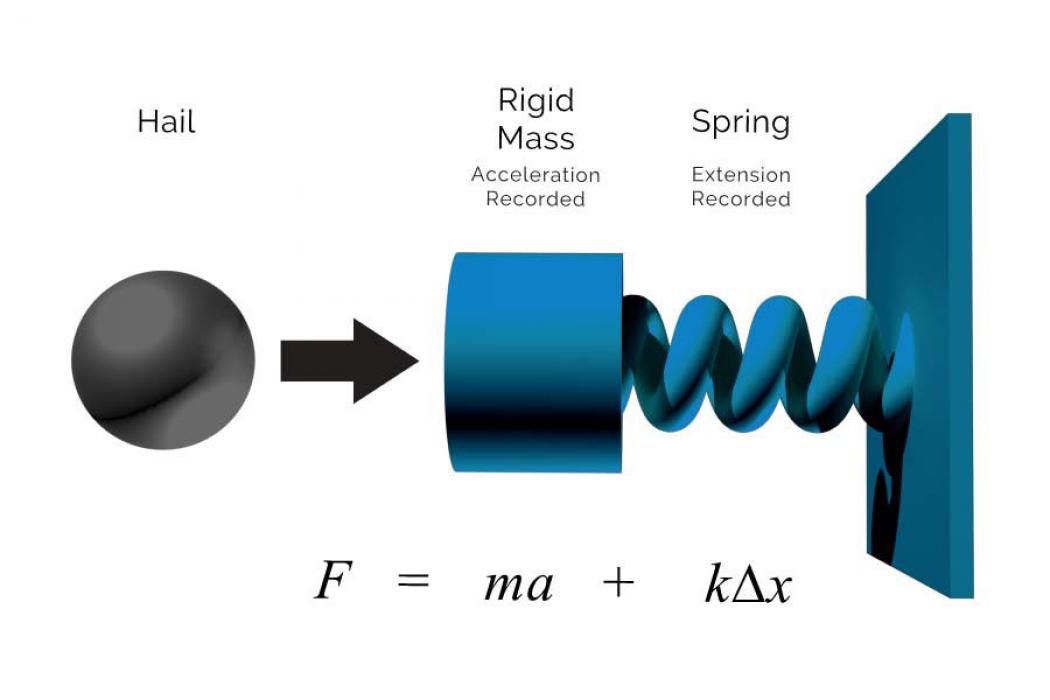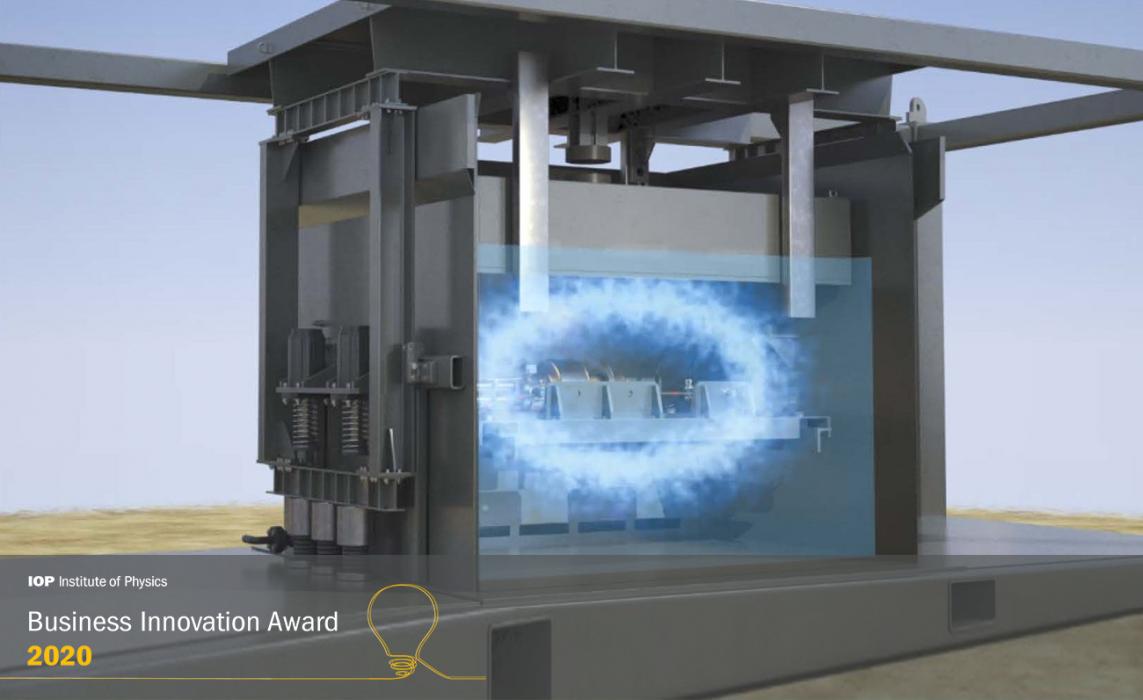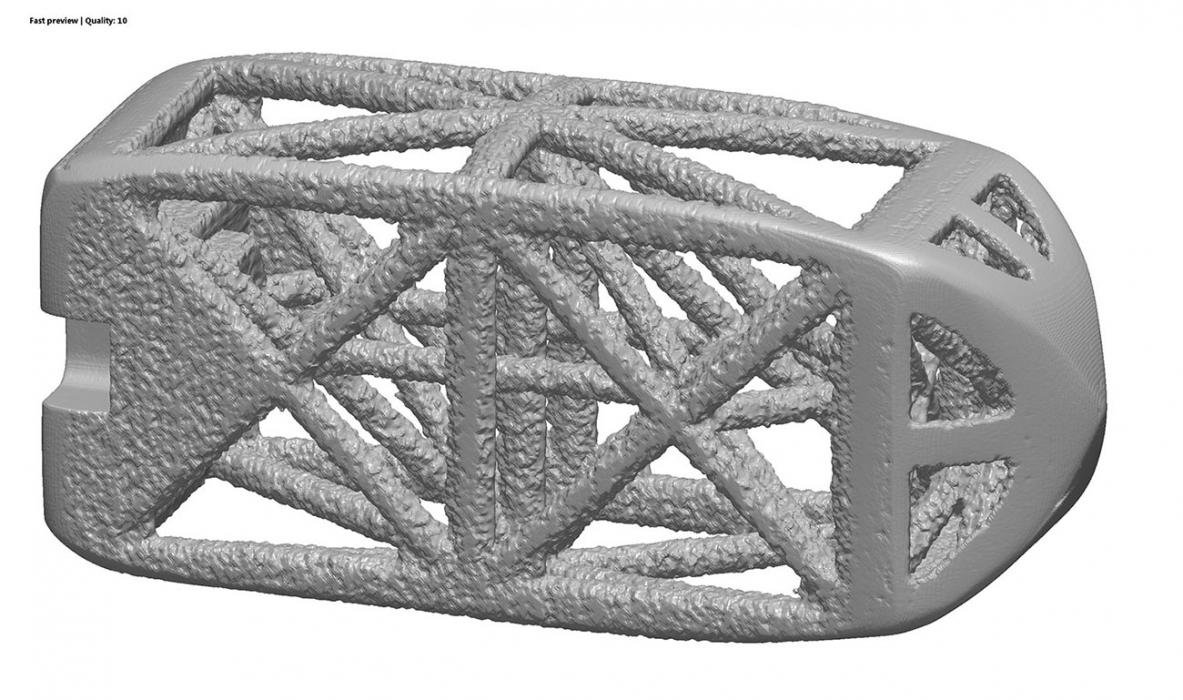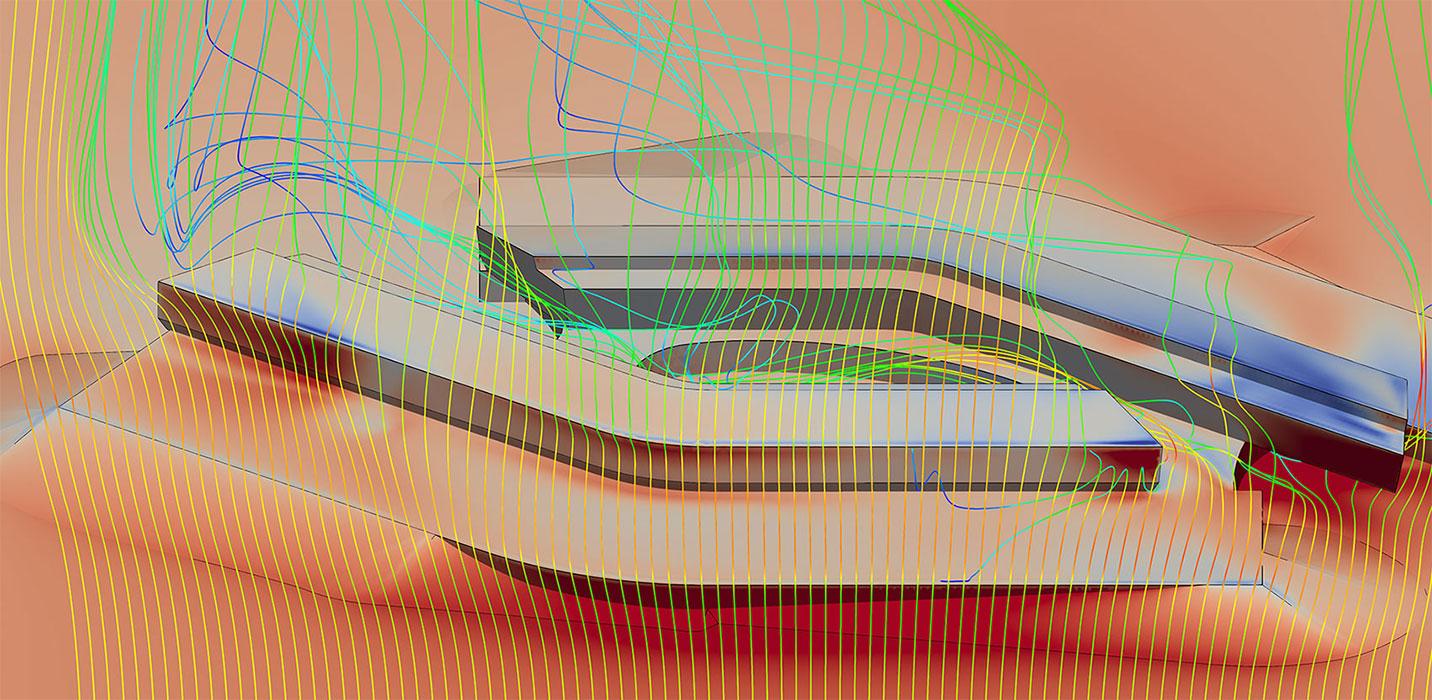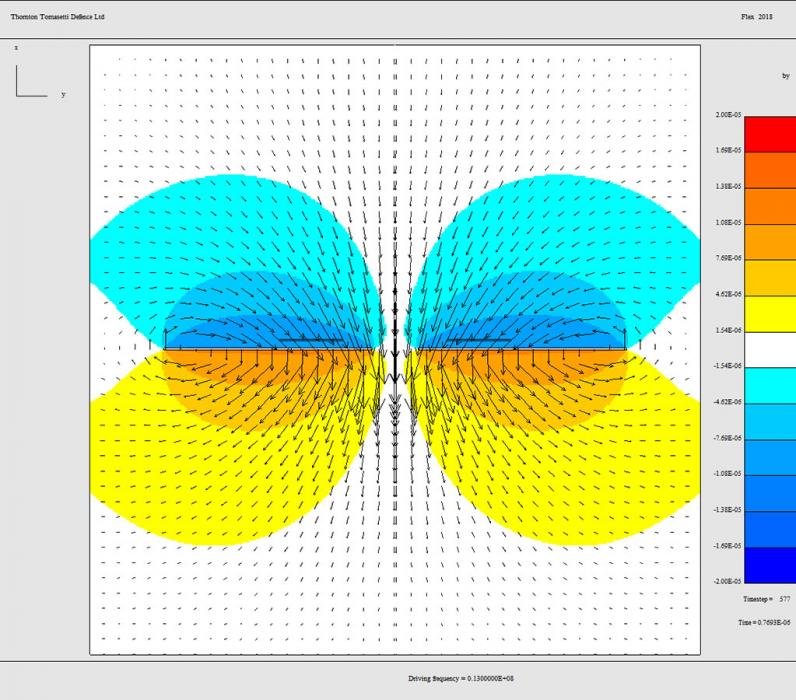
CORE Lab
CORE lab focuses on long-term development of new methods, capabilities and products.
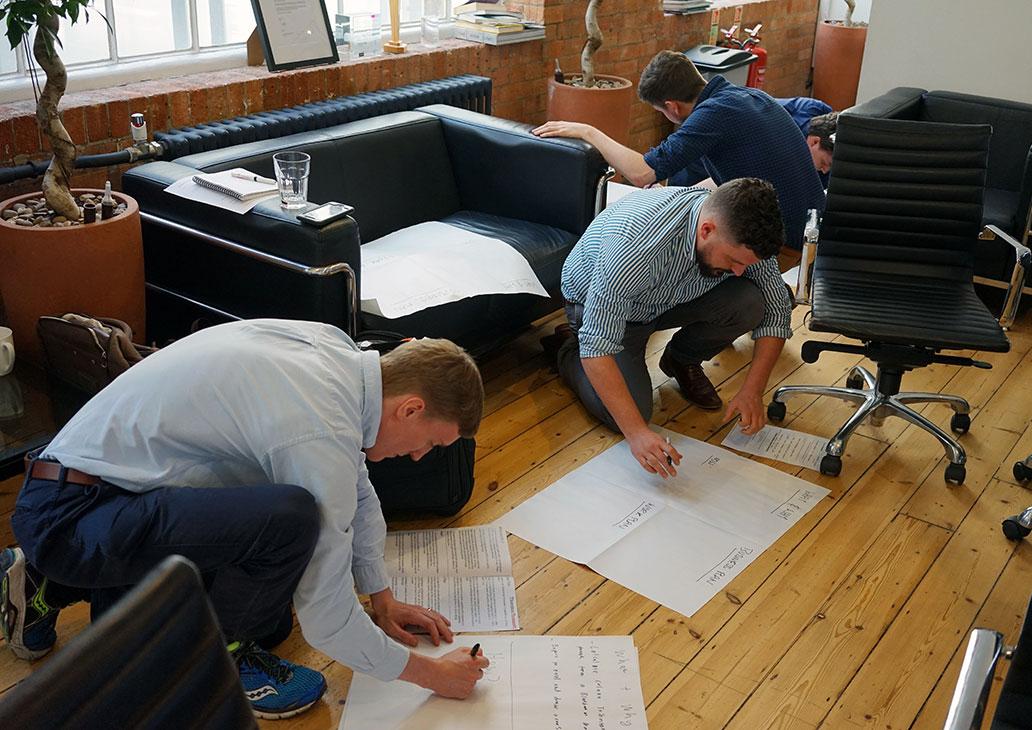
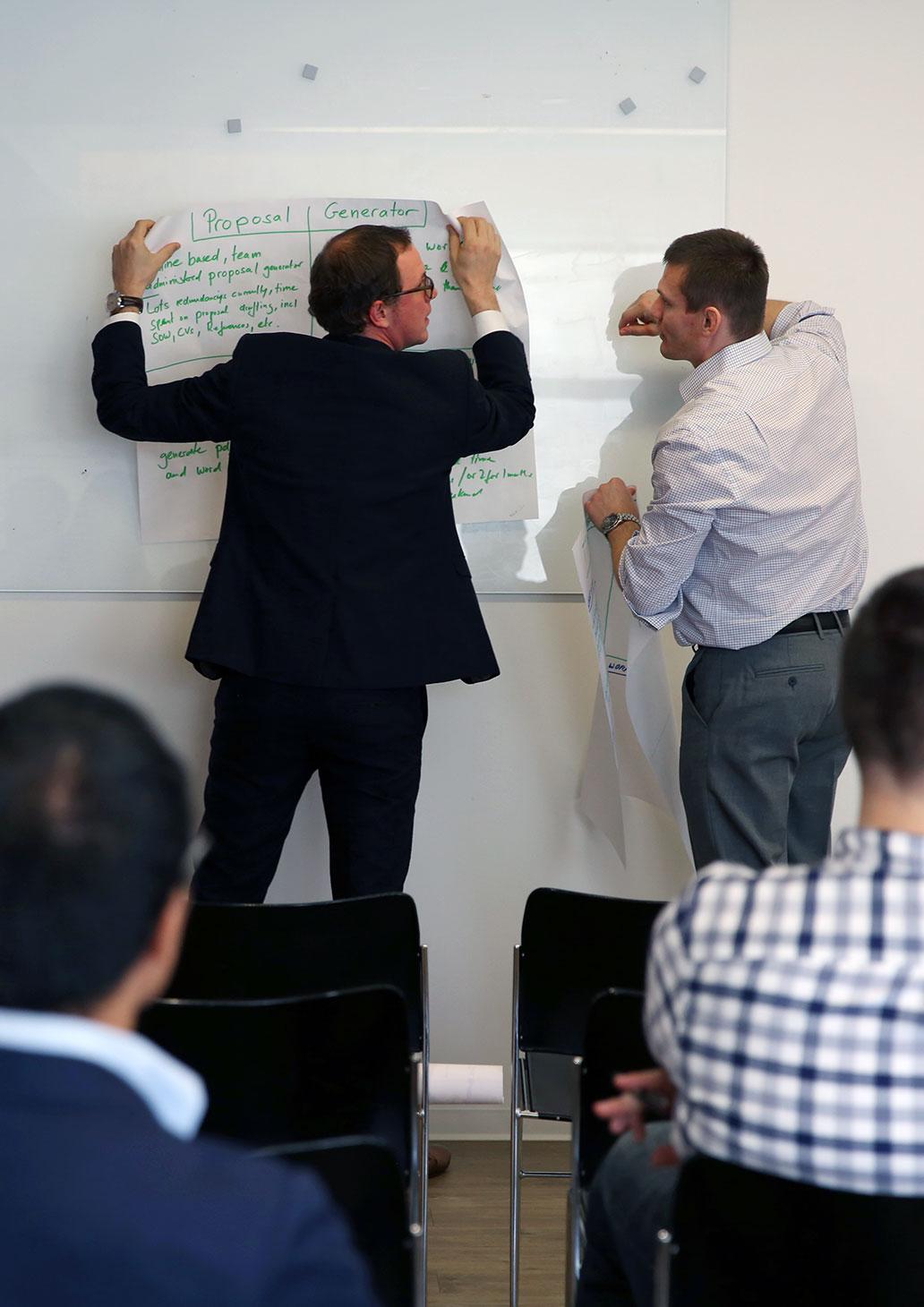
Overview
CORE Lab collects and evaluates innovative ideas at Thornton Tomasetti, and organizes them into internal research and development projects. This is accomplished through an always-on idea submission process that is available to all staff as well as through Innovation Tournaments where experts from across our firm are brought together to develop novel approaches, tools, and ideas.
Our investments are guided to areas where technology trends or public needs provide an opportunity for our engineering and technical expertise to make a lasting impact.
AI & Machine Learning
Applications of AI technology are bound only by lack of data or lack of imagination. From identifying the optimal mix of constituents in polymers, metals, asphalt and cementitious materials; through detection of flaws in critical components by AI-enabled image recognition; to general pattern recognition in multiple market sectors and technology areas, as long as there is an idea, followed by data collection and/or generation, AI is likely to enable innovation in every aspect of engineering (and other) professions.
As the amount of information we can collect and store increases – being able to find the important picture, document or signal is more and more critical. Today, with AI and Machine Learning we can find the right picture – the one that shows that that crack was old, or the one the shows that it is growing. Today with AI and Machine learning we can identify in what in your design is similar and what differs from typical designs. This kind of identification is critical for QA/QC and keeping the built environment around us safe and well maintained.
With our R&D program we are looking to broaden the kind of information that we are introducing into the AI and broadening the decisions that the information can support. The accelerometers in your building, the receipt from product deliveries, the sound waves emanating from your equipment and even the content of emails can be the beginning of an AI and Machine Learning project. Making sense out of it all will change the way we look at and understand our world and help prioritize what we react to and how we repair.
Mechanics & Materials
Even as we push forward with new technology and software, the centuries old field of mechanics still has secrets to be discovered and applications that have yet to be developed. By modeling aluminum better, we don’t just understand cans and cars better, we can identify the potential for future failures that are built into the manufacturing process. How metals are rolled and formed impacts how they behave, which places ever higher emphasis on our ability to predict this behavior using advanced constitutive models. Understanding cross linking of polymer chains allows predicting their thermal (e.g. fire retardant) and mechanical behavior before they are actually produced, which enables virtual prototyping. Understanding wave propagation through different media allows designing functionally graded materials that ‘guide’ the waves along a desired path. Mechanics and materials are the foundation of our profession and understanding them better helps us reach higher and have more reliable answers to tomorrow’s problems.
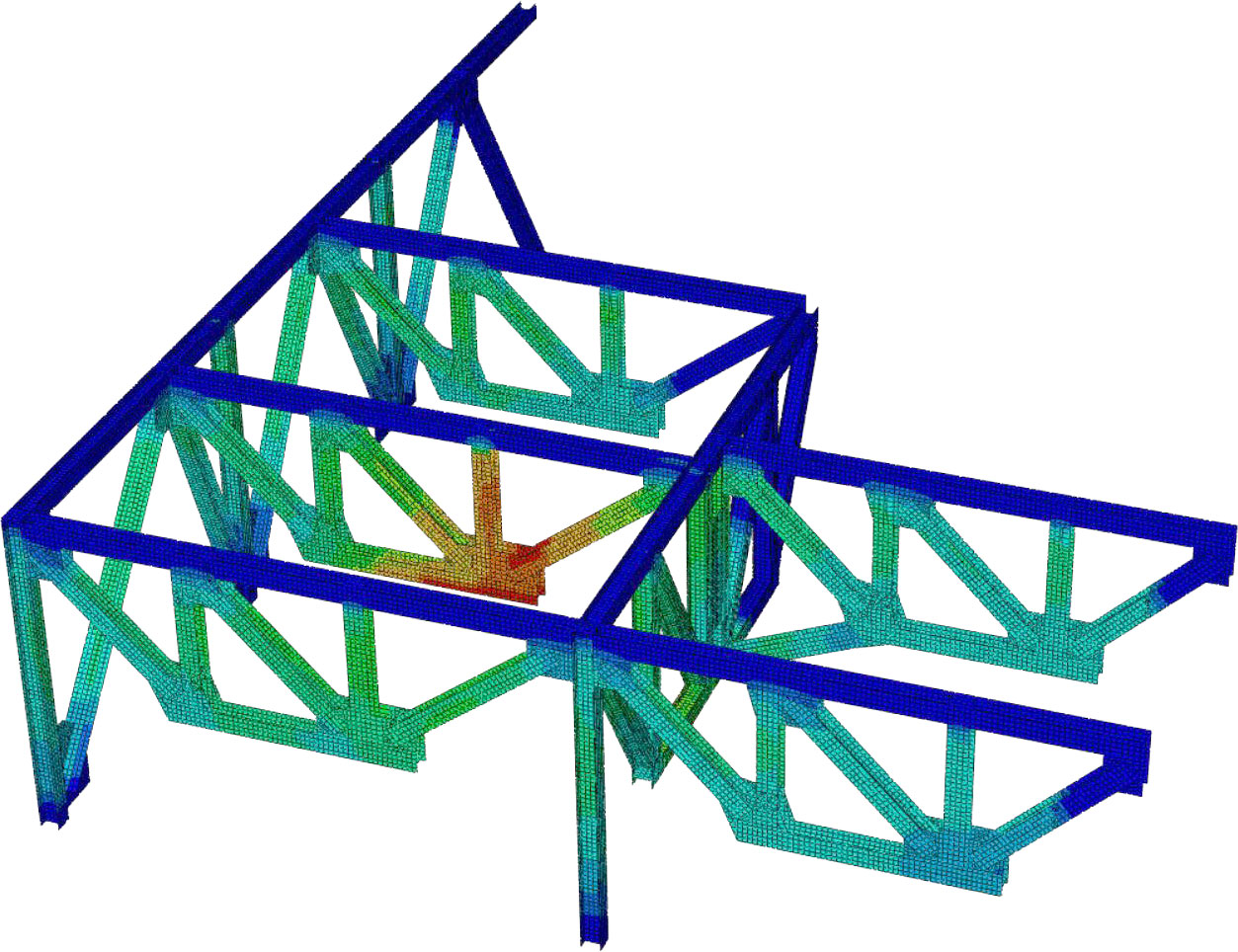 This thermal-analysis model shows the results of a simulated fire scenario. Such modeling is central to the development of performance-based fire engineering (PBFE), an alternative to prescriptive, code-based fire-protection design.
This thermal-analysis model shows the results of a simulated fire scenario. Such modeling is central to the development of performance-based fire engineering (PBFE), an alternative to prescriptive, code-based fire-protection design.
Yesterday’s R&D programs helped us design tall buildings for wind, survivable submarines and safe oil platforms. Tomorrow’s R&D programs are helping us model and predict the reliability of 5G networks, develop entirely new and revolutionary transportation systems such as HyperloopTT, design fire resistant landscapes and environments, develop panels that produce energy from temperature changes, and engineered soil structures that deflect and dissipate earthquake waves. This kind of fundamental R&D leverages the academic developments that are summarized in journals and conferences and makes these findings a real and relevant solution for your dream.
Resilience & Decarbonization
Decarbonizing the world economy is not just necessary, it is also good business. With a depth of knowledge in multiple industries and market sectors – including the energy industry – we invest heavily in developing innovative and practical solutions to reduce the greenhouse gas emissions. We participate in development of the new energy storage concepts and assess safety of lithium ion batteries subject to extreme loads. We assist in development of technology needed for safe and efficient hydrogen production as well as carbon capture and storage. We are also actively involved in developing new transportation systems such as HyperloopTT, as well as lightweighting efforts for road and rail vehicles. These efforts are coupled with the a unique approach to define every problem by focusing on the big picture using the systems engineering methodologies and resilience. Understanding the function and purpose of an industrial facility or civil infrastructure in the context of its entire lifespan allows framing the problem differently and achieving superior solutions that drive the long term performance and reduction of the overall carbon footprint.
A notable example of recent deployment in the build environment is the carbon content calculator enabling determination of the overall efficiency of our design choices.
By understanding the localized risks we are endeavoring to plan for ever worsening disasters and make our environment more resilient. At the same time, we respond to catastrophes and disasters around the world and see what kinds of preparation was effective. By understanding and learning from each response event we are informing how we design for the future.
Digital Twin Concepts
As computers have become faster and more reliable more and more industries have moved from physical models to digital models for testing purposes. In the past, prototypes were made out of clay, now they are rendered and visualized in VR. In the past, products were built and tested and then built again and re-tested. Now designs can be optimized digitally. A digital twin isn’t just useful for prototyping and development, it can also help track changes, coordinate maintenance, organize information and simplify future retrofits and repairs. A digital twin for a building could simply serve as a repository for the construction documents and information or it could track tenants and power usage, be the basis of an emergency response plan or a risk identification strategy.
Our R&D program is supporting the efficient production and updating of 3D models and provide mechanisms to attach different kinds of information to those models. The new digital twins aren’t just a memorialization of a design, or a bases for an analysis, or retrofit; the new digital twins can update with new information and help predict the service life of your product, building, or town even as the demands on the world are changing due to changes in use, climate change or other drivers.
Rapid Assessment Tools
Our analytical rapid assessment tools introduce some equilibrium into our R&D program. While the other trajectories focus on increasing our capacity to capture and model the complexity of our world, the rapid assessment tools simplify the complex problems, and provide bounds to the domain of possible answers. We can understand quickly whether or not an explosion in an oil facility impact its ability to function; what the possible column layouts for a building are; what the impact zone is of local fracture; whether demolishing a floor will lead to the collapse of a building, for example.
Our mobile rapid assessment tools support ever more advanced non-destructive testing and damage documentation. Drones, Tablets and Laser-scanners have become commonplace tools along with the trusty measuring tape. Ground penetrating radar can be used to figure out where rebar is located, our R&D GPR can be used to figure out the composition and construction of almost any wall. Ultrasonic Testing can be used to discover cracks in welds, the length of bolts and the thickness of metals, our R&D in UT may result in equipment that can determine if bolts are overtight, or if a façade panel is delaminating. Using NDE tools, with analytical simplifications helps us make better informed choices about the world around us – especially damage needs to be assessed and repaired.









